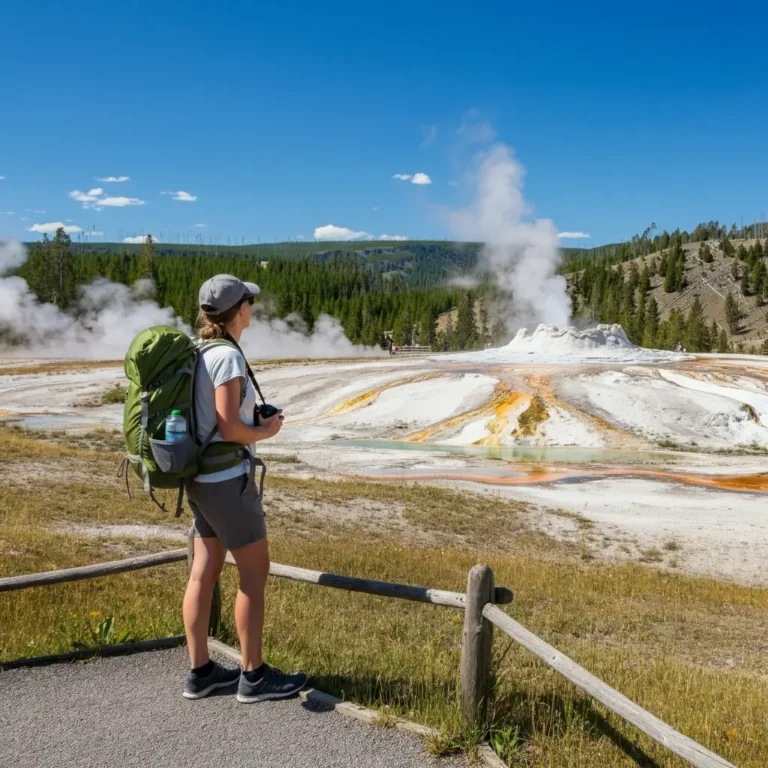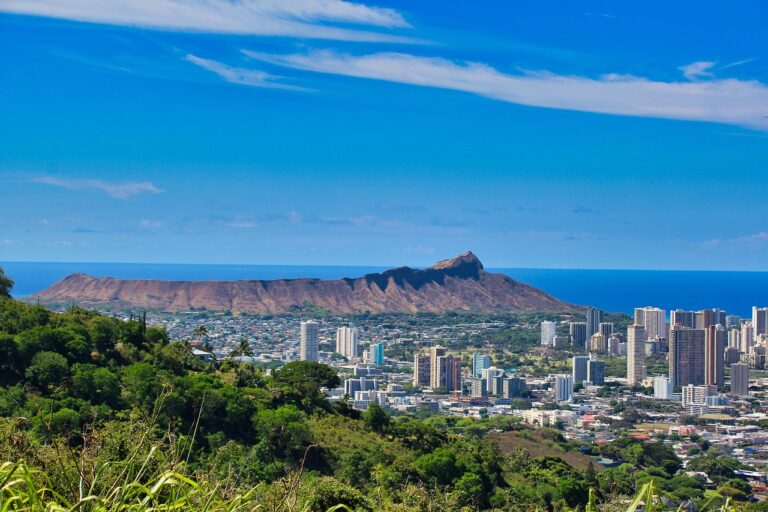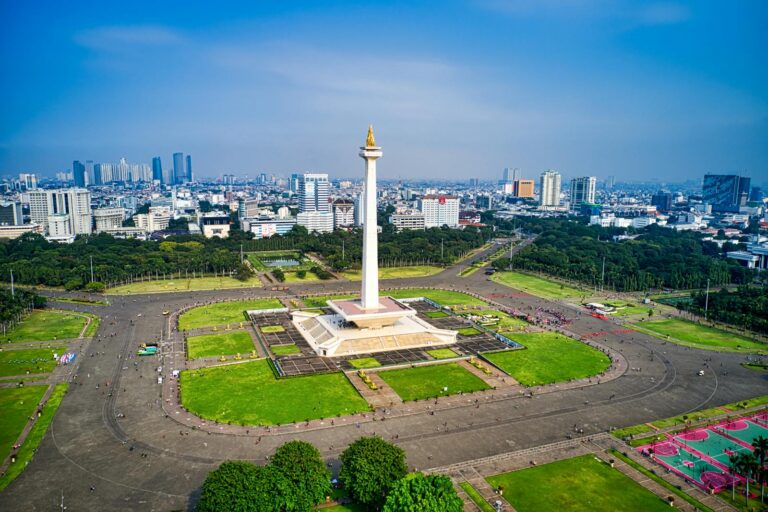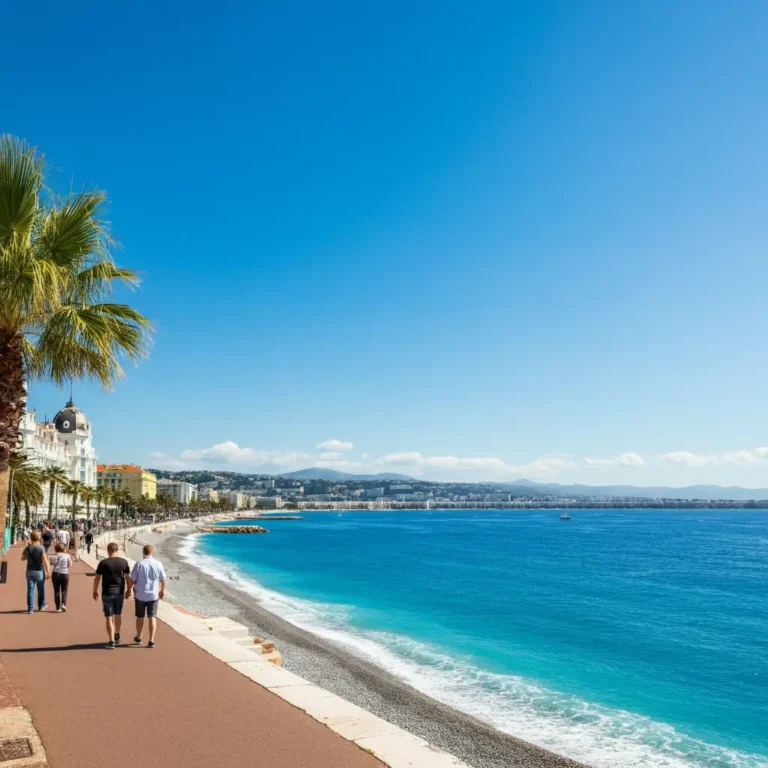Hidden Gems and Famous UNESCO Sites to Explore in Portugal
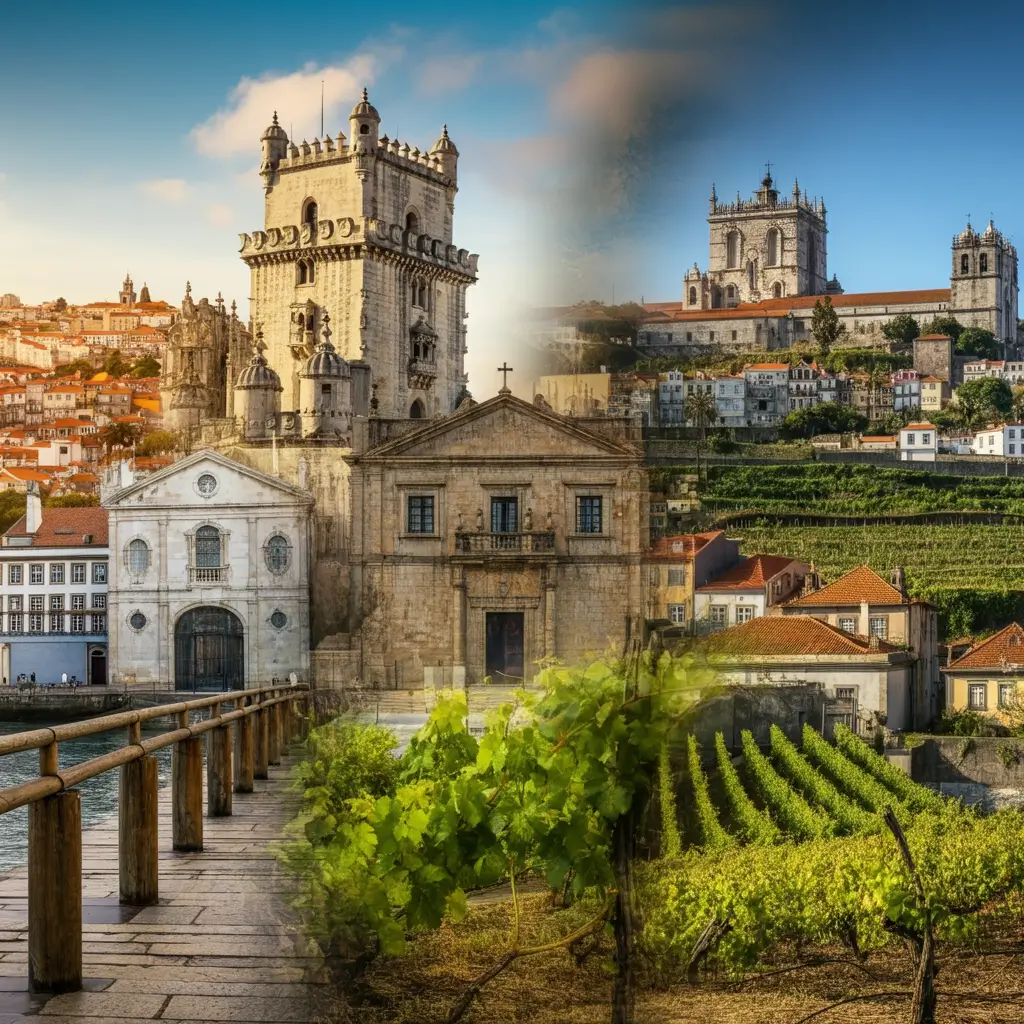
Portugal is a treasure trove of history, culture, and natural beauty, offering travelers a rich blend of famous landmarks and lesser-known gems. Its UNESCO sites in Portugal are a testament to its importance on the world stage, reflecting centuries of traditions, achievements, and architectural brilliance. From the bustling cities of Lisbon and Porto to the serene Douro Valley and remote Madeira forests, there is something for every kind of explorer. Hidden in plain sight are culturally significant monuments and tucked-away wonders that tell the story of Portugal’s diverse past. This article will guide you through Portugal’s most outstanding UNESCO World Heritage sites, combining well-known must-visit destinations with those awaiting discovery. Whether you’re drawn to medieval towns, prehistoric engravings, or breathtaking landscapes, our curated list will help you uncover the best of Portugal’s heritage.
Discover the magic of Portugal’s famous UNESCO sites and hidden cultural wonders as we take you on a captivating tour of both the celebrated landmarks and the country’s lesser-trodden paths.
The Significance of UNESCO Sites in Portugal
Why UNESCO Protects Portugal’s Heritage
Portugal’s UNESCO World Heritage sites stand as living documents of the country’s extraordinary history, blending centuries of human achievement with the unspoiled beauty of the natural environment. When UNESCO lists a location, it signifies its global cultural or natural value. Portugal, with its diverse heritage influenced by explorers, artisans, and empires, holds a unique position with 17 UNESCO designations, ranging from historic city centers to natural wonders. Sites like the Laurisilva Forest in Madeira or the Historic Centre of Porto symbolize how heritage and nature harmoniously coexist.
But why does it matter? UNESCO protection ensures these invaluable sites are preserved for future generations to explore. It also brings awareness and sustainable tourism to less-known areas. This balance between preservation and tourism is vital, particularly in smaller, overlooked regions.
Key UNESCO Recognitions in Portugal
Among the UNESCO-listed gems, Portugal’s achievements span multiple categories, from architectural landmarks and cultural sites to prehistoric art and landscapes. Notably, the country’s recognition extends to its maritime history, religious traditions, and biodiversity. The Historic Centre of Guimarães, for instance, represents the birthplace of Portuguese identity, while the Coa Valley engravings hint at humankind’s earliest artistry. Together, these UNESCO sites connect Portugal’s storied past with its hopeful future.
Famous UNESCO Sites in Portugal
Must-Visit Famous UNESCO Sites
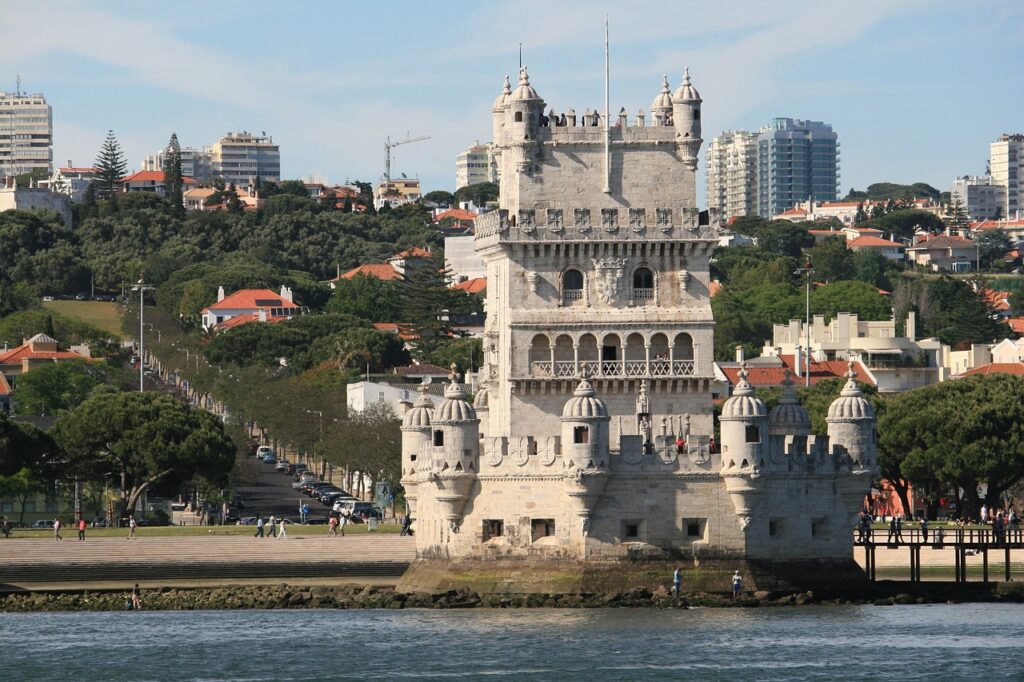
Belém Tower and Jerónimos Monastery, Lisbon
No exploration of famous UNESCO sites in Portugal would be complete without iconic landmarks like Belém Tower and Jerónimos Monastery in Lisbon. These architectural marvels epitomize Portugal’s Age of Discovery, when explorers like Vasco da Gama charted new worlds. The Manueline-style architecture, detailed with maritime elements, celebrates the nation’s sea-faring legacy. While touring these monuments, don’t miss the nearby museums and gardens that provide even more context into their significance.
Historic Centre of Porto
Porto is a city that hums with energy, history, and charm. The Historic Centre of Porto is a maze of medieval streets, grand buildings, and vibrant plazas set against the backdrop of the Douro River. Walking these streets feels like stepping into a living museum. Well-preserved baroque churches, vibrant azulejos (tiles), and the iconic Dom Luís I Bridge make this a must-explore destination. Pair this cultural indulgence by sampling the world-renowned Port wine produced nearby for a truly complete experience.
Cultural Treasures of Portugal
Monastery of Batalha
A UNESCO masterpiece of Gothic architecture, the Monastery of Batalha stands as an ode to Portugal’s victory in the 1385 Battle of Aljubarrota. The intricate arches, stained glass windows, and detailed carvings make this site awe-inspiring. It’s not just architecture; the site resonates with Portugal’s medieval history and holds the tombs of prominent figures, blending cultural reverence with artistic brilliance.
Sintra’s Palaces and Landscape
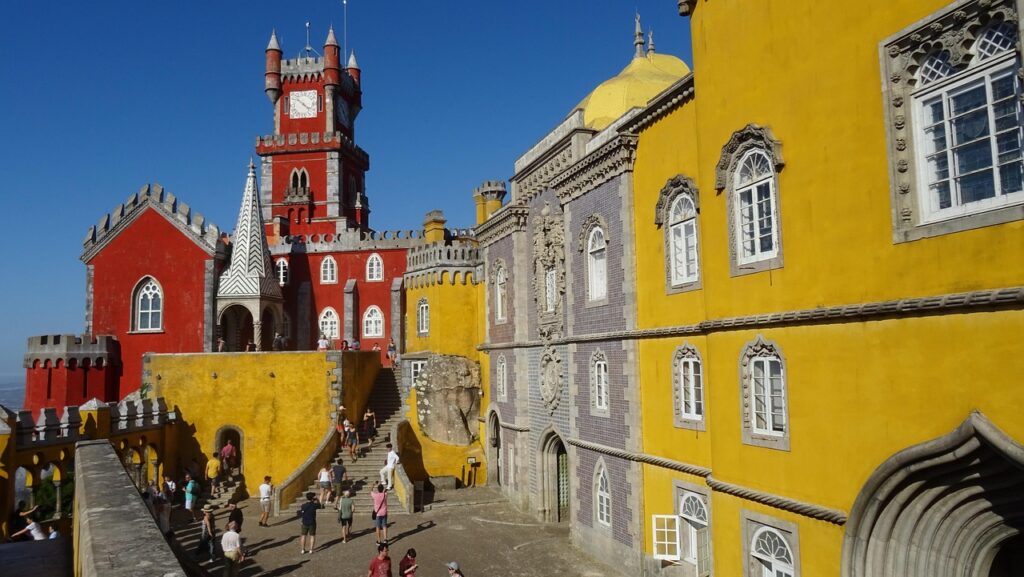
Sintra’s collection of castles, palaces, and natural scenery is straight out of a fairy tale. The standout is Pena Palace, a colorful, romanticist structure perched atop the Sintra mountains, offering jaw-dropping views of the countryside below. This historic site captures the imagination and has long inspired artists and travelers alike.
Hidden Gems in Portugal’s UNESCO Map
Lesser-Known World Heritage Sites
The Medieval Town of Guimarães
Often overlooked in favor of Lisbon or Porto, Guimarães is a quaint and magical town considered the birthplace of Portugal’s nationhood. Its charming cobbled streets, medieval castle, and beautifully preserved historic core make it one of the most enchanting UNESCO heritage destinations in the country.
Coa Valley Paleolithic Engravings
The Coa Valley holds one of the world’s best-preserved collections of Paleolithic rock art. These ancient engravings provide a glimpse into prehistoric life, offering a rare, off-the-beaten-path adventure for travelers seeking to connect with humanity’s distant past.
Off-the-Beaten-Path Adventures
Discover the Alto Douro Wine Region
Wine lovers seeking hidden gems in Europe will fall in love with the Alto Douro Wine Region, a UNESCO landscape where stunning vineyards carve their way along the Douro River. This area is as much a cultural experience as a natural marvel, offering scenic beauty paired with indulgent wine tastings.
Laurisilva Forest in Madeira
The Laurisilva Forest of Madeira, a subtropical gem, transports visitors to an untouched world. Recognized for its biodiversity, this unique ecosystem boasts rare flora and fauna, making it a haven for nature lovers.
Planning Your Portugal UNESCO Itinerary
Tips for Exploring Portugal’s UNESCO Sites
How to Balance Famous and Hidden Gems
A balanced itinerary includes time for Portugal’s celebrated sites along with its hidden gems like Guimarães or the Coa Valley. Blend the grandeur of Lisbon’s monuments with quieter moments in the scenic countryside. You’ll discover the magic by pairing well-known treasures with surprises along the way.
Ideal Time and Travel Routes
The best time to visit Portugal’s UNESCO sites is spring or autumn when the weather is mild but tourist crowds are thinner. Plan logical routes connecting Lisbon, Porto, and Sintra to smaller towns like Guimarães, ensuring you maximize your time while minimizing travel fatigue.
A Cultural Journey Through Portugal
Food, Festivals, and Traditions
Portugal’s culture is inseparable from its traditions. Between exploring UNESCO landmarks, savor classic dishes like bacalhau, attend vibrant festivals such as the Lisbon Sardine Festival, or discover quaint markets brimming with local crafts.
Exploring Further Connections
For travelers inspired by exploring hidden cultural marvels, Portugal is just the start. Consider learning about 25 Hidden Gems in Europe You Must Visit for your next adventure, or experience the quieter side of Mediterranean wonders, like Exploring the Wonders of Meteora Monasteries in Greece. Additionally, fans of Portugal’s quieter side might resonate with 10 Best Outdoor Bouldering Spots Near Lisbon, Portugal or Hidden Gems: The Ultimate Guide to Underrated Travel Destinations.
Portugal’s UNESCO World Heritage sites combine grandeur with subtlety. They narrate tales of maritime power, religious devotion, human creativity, and natural evolution, offering a multi-layered cultural treasure. Explore the iconic landmarks in Lisbon and Porto while taking time to visit lesser-known places like Guimarães or Madeira’s Laurisilva Forest. When you travel to Portugal, you’re not just visiting a country; you’re stepping into centuries of history and nature, woven together seamlessly.

